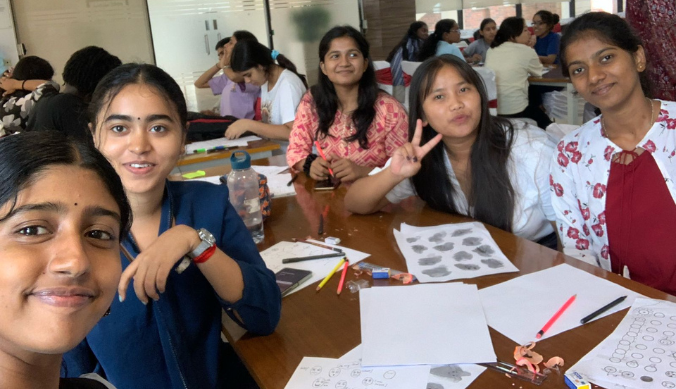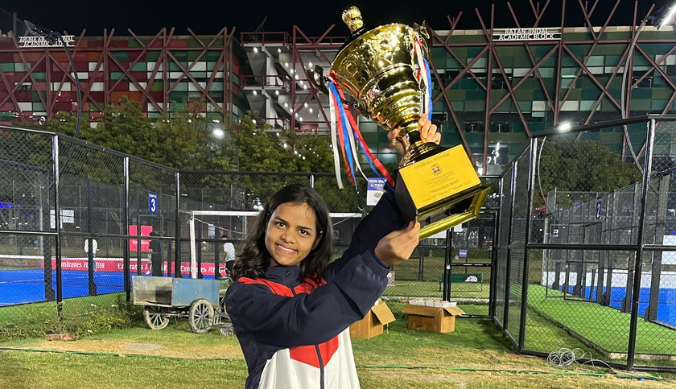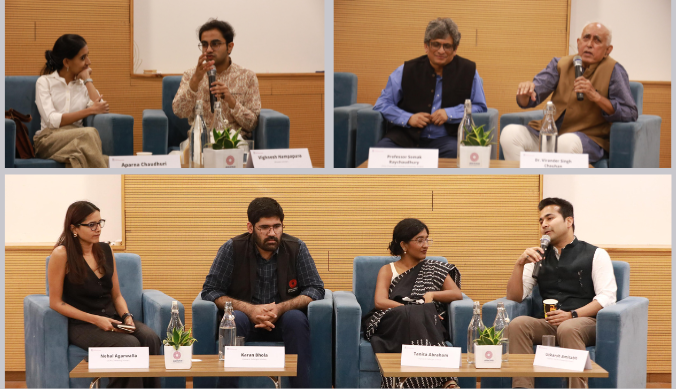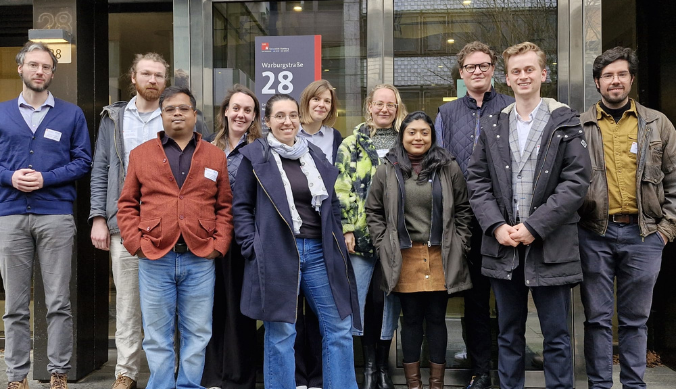ISRO Shoots for the Star(s)
ISRO achieved global recognition with the launch of Aditya L1, its inaugural solar mission, showcasing international collaboration, government-backed investments, and a policy shift encouraging private sector involvement in space exploration
Riding high with the successful launch of Chandrayan-3, ISRO re-cemented its place in the global space sector with the launch of Aditya L1- the nation’s first mission dedicated to studying the star of the solar system – the Sun. The launch occurred on 2 September 2023, with the help of PSLV-C57 from Satish Dhawan Space Centre in Sriharikota, Andhra Pradesh.
On launch, the satellite was placed in Low Earth Orbit and following four Earth-bound maneuvers on 3, 5, 10 and 15 September 2023, Aditya L1 commenced the collection of data on 18 September 2023. It left Earth’s Sphere of Influence (SOI) on 30 September 2023 and is now headed towards its destination, with hopes of sending valuable data to us around mid-February 2024.
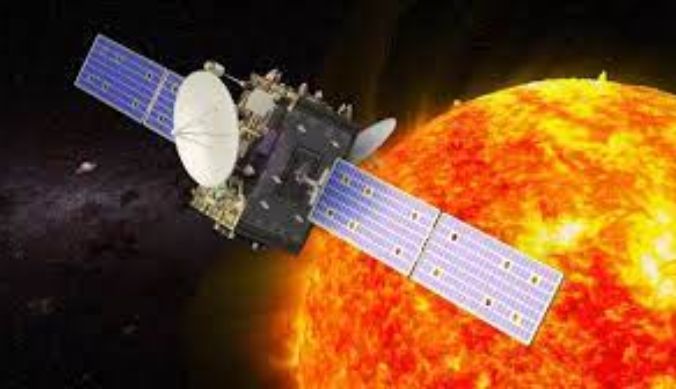
As the name suggests, Aditya L1 is destined to orbit around the sun at the Lagrange point 1 of the Sun-Earth system. The reason for the satellite to be placed at L1 is to allow consistent observations of the Sun without any fear of compromising the quality of observations due to eclipses. Lagrange points are interesting positions in space where the gravitational forces of attraction between the two bodies are almost equal to the centripetal force a small object needs to move with them. These Lagrange points allow satellites to complete missions with minimal fuel consumption. There are five Lagrange points in the Earth-Sun system, of which three – L1, L2 and L3 are unstable, with L4 and L5 being the most stable. Despite the unstable nature of L1, the satellite was sent there purely to get an uninterrupted view of the sun.
The satellite is equipped with an array of scientific payloads to actively take accurate measurements of the solar atmosphere. These payloads are of two types: four Remote Sensing Payloads to directly view and observe the Sun and three In-situ Payloads to carry out on-site computing and studies of solar particles and fields. The Remote Sensing Payloads contain the Visible Emission Line Coronagraph (VELC) for accurate corona and imaging spectroscopy, the Solar Ultraviolet Imaging Telescope (SUIT) for observing the sun at near UV regions with immaculate data of the middle and lower layers of the solar atmosphere, the Solar Low Energy X-ray Spectrometer (SoLEXS): it is the payload designed to study solar flares with low energy (soft) X-rays, the High Energy L1 Orbiting X-ray Spectrometer (HEL1OS): similar to SoLEXS, it used high energy X-rays to study solar flares.
The In-situ payloads are the Aditya Solar wind Particle Experiment (ASPEX): it is made of two subsystems the SWIS and STEPS- to study protons and alpha particles, and high energy particles of solar winds respectively, the Plasma Analyser Package for Aditya (PAPA): built to understand and study the composition of solar winds, and the Magnetometer: which as the name suggests would be used to measure interplanetary magnetic fields of low intensity.
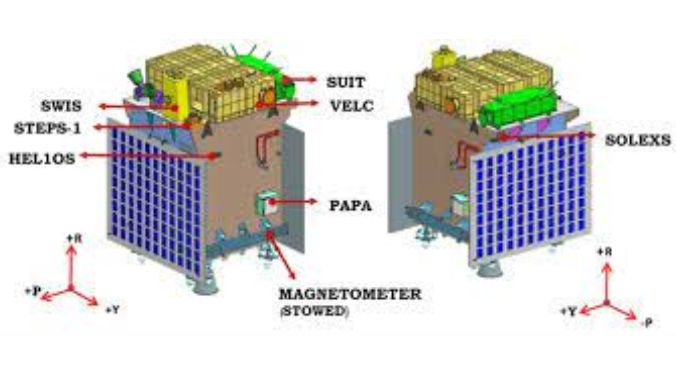
These systems allow Aditya L1 to achieve its objectives of studying the Solar atmosphere and its dynamics, understanding the coronal heating of the sun and furthering our understanding of partially ionised plasma while broadening our understanding of solar flares and the chain of events that lead up to solar eruptions. It also works towards mapping the magnetic field around the region. The Sun is a great source of study as it allows us to understand more about the physics of stars and improve models of particle behaviour and dynamics in space.
Collaborations between multiple institutions were required to make the dream of an Indian solar probe a reality. Inter-University Centre for Astronomy and Astrophysics, Pune was responsible for the creation of SUIT, while VELC was built by the Indian Institute of Astrophysics in Bangalore. U. R. Rao Satellite Centre in Bangalore created SoLEXS and HEL1OS. ASPEX was built by the Physical Research Laboratory in Ahmedabad, while PAPA was built by the Space Physics Laboratory in Thiruvananthapuram. It is commendable that ISRO worked in tandem with multiple organisations to a large extent to end up with a successful operation.
Aditya L1, with the context of the successful landing of Chandrayan-3, emphasises the importance of investment in not just the space sector, but also scientific research in general. In a country with a large amount of brain drain due to lack of proper infrastructure, government-backed investments are great first steps to encourage the private sector to also step in and invest more in STEM.
Space continues to be the field to catch the eye of private investors due to the potential of capitalisation hidden in the vastness of space. With the approval of the Indian Space Policy 2023 on April 6 by the Cabinet Committee on Security, private players now have permission to provide national and global communication aid via satellites. This also implies that private players can take up the opportunity to create ground control stations for satellite communication. This active call for investment and involvement of private companies is bound to be a great decision for the space sector of the nation. More companies would enter the field, making the Indian Space sector more competitive in the global setting. Companies are also starting the manufacturing and launching of domestically produced satellites for private and public use. ISRO has provided rockets to launch satellites for numerous startups, while also launching satellites and other payloads for 33 nations.
Improving public policy is a great way to ensure foreign interest in ISRO as well, which has the chance of causing a chain reaction to boost the field of scientific research in the nation. With appropriate public policies, ISRO, with Aditya L1 now under its belt, is sure to lead us to a brighter future.
(Written by Ishaan Persad (UG’25), Ashoka University)
Study at Ashoka










